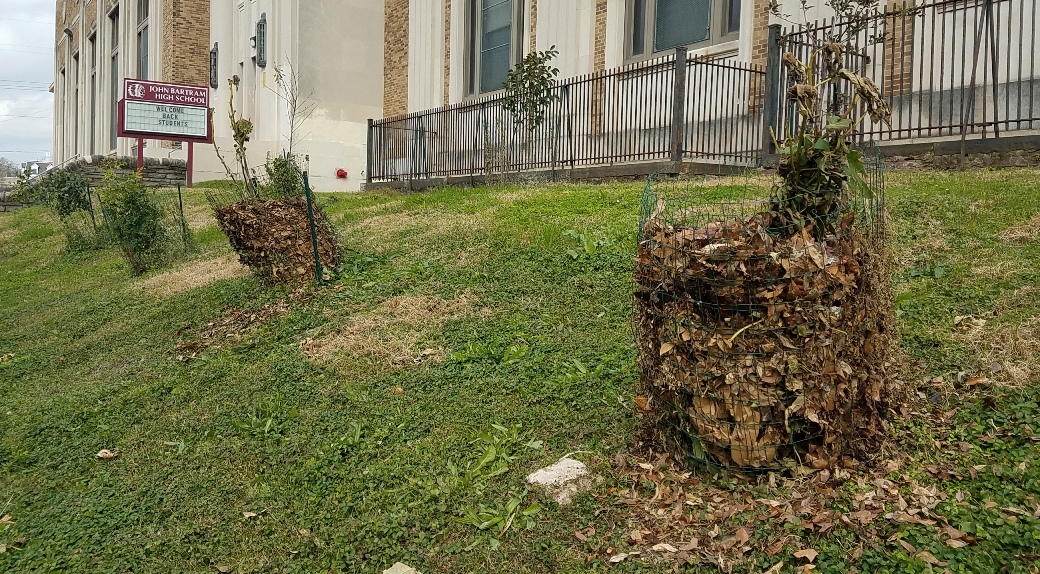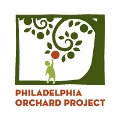POP TIPS: Orchard Care in December
22 views
Skip to first unread message
Phil Forsyth
Dec 2, 2024, 1:41:41 PM12/2/24
to Philadelphia Orchard Group
Dear Philly Orchardists,
The busy orchard season has finally come to a close and many orchard plants have already gone dormant for the winter. That said, there are still a few orchard tasks to consider in December.
Please check out our POP Monthly Orchard Task List for recommended maintenance activities to complete this month (the Nov/Dec list is also attached below).
Here is some more detail on some of the key tasks for December:
Fall Leaf Management in Orchards
Here are some options for leaf management:
1. Collect fallen leaves:
a. For use in composting (leaves are the ideal 'brown' or carbon-rich component in most compost systems).
b. For use in winter protection of tender plants (we often surround figs with wire fencing and then stuff with fall leaves as insulation).

Fall leaves are a precious resource for composting and other uses, but also a potential source of orchard pathogens. Make sure to either collect them or help them break down in place!
2. Help fall leaves break down in place:
a. Spread 1-2 inches of compost in the orchard after the majority of leaves have fallen.
b. Spray compost tea in the orchard after the majority of leaves have fallen.
Winter Protection for Figs and Pomegranates
Cold-sensitive orchard plants like figs and pomegranates benefit from some winter protection measures. It is best to wait until they've actually gone dormant and dropped their leaves before wrapping or other steps are taken. Remember that these plants are able to take freezing temperatures without damage- it is temperatures below 20 F that can cause injury.
One of the simplest techniques for winter protection of young figs is to tie all the branches as close together as possible, surround the tree with some fencing, and fill the fencing with fall leaves, straw, or other available materials to provide insulation. There are plenty of fall leaves to be had right now- check your neighborhood on trash day if you don't have enough on site! If available, a tarp can also be placed on top. It is okay if some of the branches stick out. If we have a mild winter, those unprotected branches will be fine; if we get a harsh one, you'll simply cut them off in the spring after growth begins.

Fig surrounded by fencing and stuffed with fall leaves and straw as an insulator.
Another easy method for protection is to tie the branches together and surround the whole thing with an old carpet. Layers of burlap, row fabric, or even old bedsheets can also be used, although make sure to attach them securely so they don't blow away. For older, bigger figs, you may need to wrap individual trunks/branches with this kind of insulation to protect them.
See here for our full article on growing figs in cold climates:
Emergency Pruning
Pest and Disease Monitoring & Identification

Spotted Lanternfly egg masses can be found on tree trunks and pretty much any other hard surfaces. Scrape them off if you see them!
December Harvests!

Check out our blog post on Gingko, including location maps, and find this abundant late fall food resource in your community!
Wishing all a happy holiday season and some much needed rest and recovery!
Phil Forsyth, Co-Executive Director
Philadelphia Orchard Project
Pronouns: he/him
Phil Forsyth
Dec 1, 2025, 4:33:41 PM12/1/25
to Philadelphia Orchard Group
Reply all
Reply to author
Forward
0 new messages
